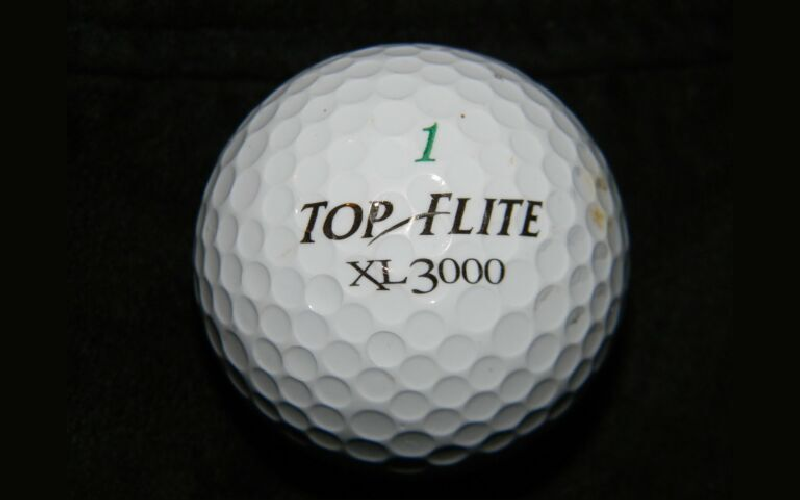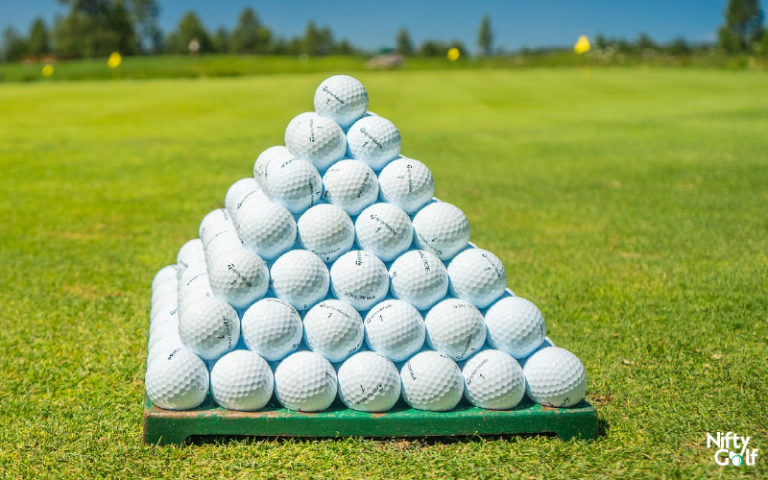What Does The Numbers On A Golf Ball Mean - If you're new to golf or aren't familiar with the different types of golf balls, you may not know what the numbers on golf balls mean. However, those numbers can actually tell you a lot about the ball and can help you choose the right one for your game. In this post, we'll go over everything you need to know about the numbers on golf balls, from what they mean to how they can affect your game.
What do the Numbers on Golf Balls Mean?
Understanding Golf Ball Compression
If you're not familiar with golf ball compression, it's a term used to describe the density of the ball. A golf ball with a high compression rate will be denser and harder, and a ball with a low compression rate will be softer and more lightweight. The numbers on golf balls typically correspond to their compression rates, with lower numbers indicating lower compression rates.

Choosing the Right Golf Ball for Your Game
Now that you understand what the numbers on golf balls mean, how can you use that information to improve your game? The key is to choose a golf ball with a compression rate that's right for your swing speed and playing style. Generally speaking, golfers with slower swing speeds should opt for balls with lower compression rates, as these balls will be easier to compress and provide more distance. On the other hand, golfers with faster swing speeds can benefit from higher compression balls, as they will be able to compress the ball more easily and achieve greater control.

Factors That Affect Golf Ball Performance
Spin Rate
In addition to compression rate, there are several other factors that can affect a golf ball's performance on the course. One of the most important factors is spin rate, which refers to the amount of backspin or sidespin a ball produces in the air. Golfers who want to maximize their distance off the tee should look for balls with low spin rates, as this will reduce air resistance and keep the ball in the air longer.

Ball Construction
Another important factor to consider when choosing golf balls is their construction. Golf balls can be made with a variety of materials, each of which has its own unique characteristics. For example, balls with a urethane cover are ideal for golfers who want more control and spin around the green, while balls with a surlyn cover are better for golfers who want more distance off the tee.

Tips for Choosing the Right Golf Ball
Now that you understand the different factors that can affect golf ball performance, here are some tips for choosing the right ball for your game:
Determine Your Swing Speed
The first step in choosing the right golf ball is to determine your swing speed. This can be done by using a launch monitor or by working with a golf professional. Once you know your swing speed, you can choose a ball with an appropriate compression rate.
Consider Your Playing Style
Next, consider your playing style when choosing a golf ball. Golfers who prioritize distance should look for balls with low spin rates, while golfers who prioritize control should look for balls with high spin rates.
Experiment with Different Balls
Finally, don't be afraid to experiment with different types of golf balls to find the one that works best for your game. Try out a few different models and take note of how each one performs on the course. With a little trial and error, you'll be able to find the perfect ball for your game.
Final Thoughts
When it comes to golf balls, there's a lot more to consider than just their appearance. By understanding what the numbers on golf balls mean and how they can affect your game, you'll be able to choose the right ball for your playing style and take your game to the next level.
Find more articles about What Does The Numbers On A Golf Ball Mean